An Inexpensive, Yet Effective Treatment for COVID – Ozone Therapy
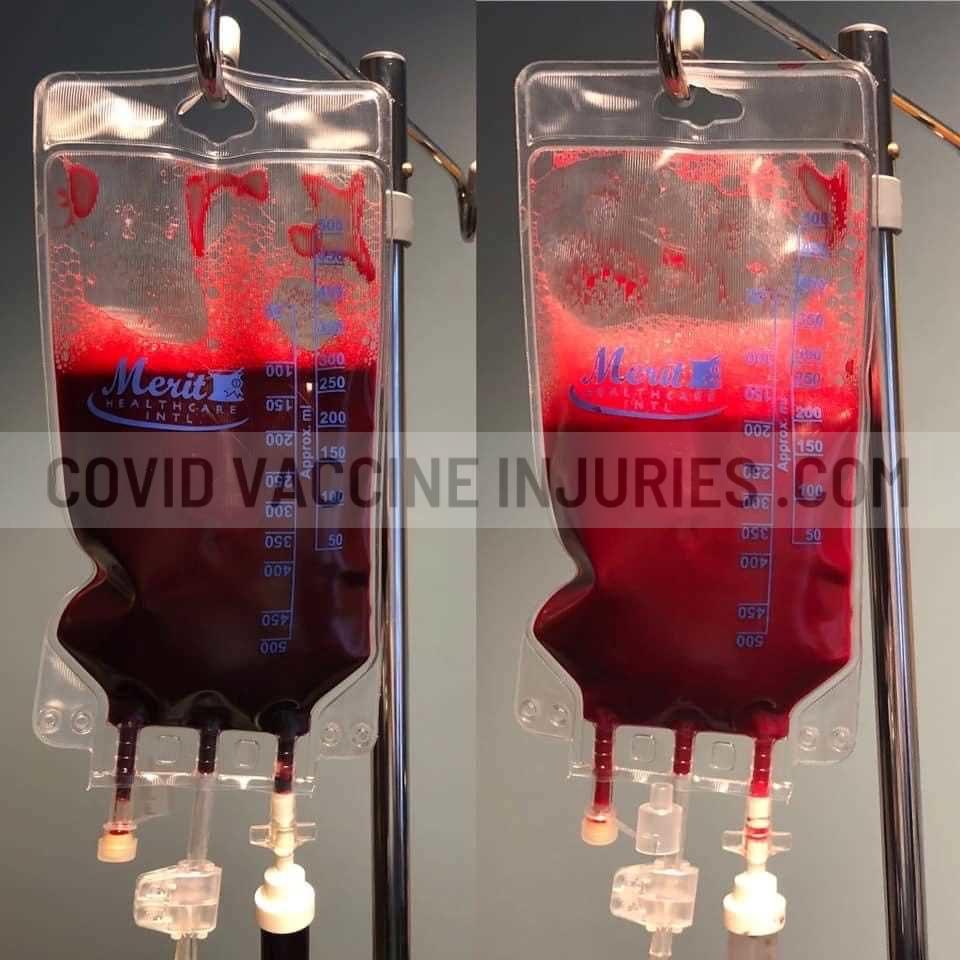
WHAT IS OZONE?
An excerpt from the article below written by Robert Rowen:
Ozone is triatomic oxygen (O3), the most powerful oxidant found in nature. Our bodies actually produce ozone, observed in a stunning discovery at Scripps Institute [2]. Ozone therapy (OT) utilizes 1-5% ozone in 95-99% oxygen as a gas (~10-70 mcg ozone per cc gas). This mixture is called “medical ozone”. Ozone therapy has been in use since the late 1800s, but is little known. It is not patentable for profit; thus, corporate interests have no incentive to develop and disseminate it. Consequently, few formal studies have been performed. Yet many scientific articles have been published on research conducted in Germany, Russia, Italy, Cuba and elsewhere, demonstrating powerful biochemical effects. Bocci and Menendez both published books summarizing their research groups’ published basic science findings [3,4].
Briefly, OT improves blood rheology, oxygen delivery, oxygen utilization, endothelial nitric oxide production, and immune modulation via cytokine induction. Bocci privately regarded OT as creating “super-gifted red cells” with increased oxygen delivery via increased 2,3 diglycerophosphate. He thought of OT as the “ideal cytokine inducer”. His work found ozone to induce gamma interferon [5], known to be as essential part of the body’s antiviral defense [6].
When blood is treated with ozone, it instantly reacts with electron-rich double bonds of lipids and other molecules. This creates longer lasting downstream weaker oxidant metabolites called ozonides: reactive oxygen species and lipid oxidation products, inclusive of peroxides, peroxyls, alkenes, alkanes. These molecules appear to act as messengers for the key biochemical and immune modulating effects of the therapy. The Menendez Cuban group found that preconditioning animals with ozone is as powerful as dexamethasone in reducing tumor necrosis factor α in subsequent endotoxic shock [7]. This could be exceptionally valuable as a means of safely suppressing “cytokine storm”, often the cause of final lethality from pulmonary viral infection [8], including coronavirus [9,10].
Elvis and Etka summarized ozone therapy: “..effects are proven, consistent, safe and with minimal and preventable side effects. Medical O3 is used to disinfect and treat disease. Mechanisms of action are by inactivation of bacteria, viruses, fungi, yeast and protozoa, stimulation of oxygen metabolism, activation of the immune system [11].”
Ozonide drugs are now postulated to possibly remedy the growing resistance of plasmodium to artemisinin, which molecule carries a rare natural oxidizing endoperoxide bridge at its active site. Industry is searching for drugs of this class [35]. Meanwhile ozone therapy, a direct method of creating endogenous ozonides, has been utilized for a century with an excellent background of researched effects, safety, and minimal costs, depending on the method and location where administered. Ozone therapy has been reported as exceptionally safe [32].
Ozone therapy is versatile and can be used for prevention and treatment of acute and chronic diseases. Our offices treat both acute (non-hospitalized cases) and chronic viral and bacterial illnesses with ozone. There have been no reports of conflicts with standard medical care, inclusive of drug therapy.
Dosing depends on mode of application. DIV ozone generally begins with 1100 mcg ozone (20 cc of gas at 30-55 mcg of ozone per cc of gas) with increases up to 6600 mcg (120 cc gas) as needed and tolerated by the patient. Treatment time is a few to several minutes. A more recent ozone innovation is a variant of the MAH technique, called hyperbaric ozone. Two hundred ml of blood is ozonated with 200 cc medical ozone gas at 70 mcg/cc under pressure and returned under pressure. This constitutes a single “pass” (about 15 minutes for a treatment). A common practice in Europe and American clinics is repeating this for 10 passes at one sitting (45-90 minutes for a treatment, depending on vein “cooperation”). This will deliver 144,000 mcg ozone in a single treatment session. Our clinics are using this latter method, which appears to enhance rapid recovery from Lyme disease even in antibiotic treatment failure patients. Rowen trains physicians from around the world in this method, and has surveyed them for safety. Out of a known 4,000 “ten-pass’ treatments, there were no reported significant or lasting untoward effects due to the therapy [36]. We have observed “Herxheimer” reactions, presumably due to “die-off” of infecting organisms.
Few in our field are not familiar with the great 1918 influenza pandemic. However, few are also aware that inexpensive intravenous hydrogen peroxide was utilized by British physician Oliver, who halved the death rate from influenza pneumonia in India [37]. Similarly, another oxidation therapy, ultraviolet blood irradiation therapy, was successfully used to cure 15 of 15 cases of viral pneumonia in hospitalized patients in the 1940s [38]. Ultraviolet energy is well accepted to destroy microorganisms, and is used as a sterilizing agent, and in air purification. Ultraviolet energy destroys cysteine in microorganisms [39].
Ozone’s challenge is that it does not bring profit to justify private research to advance it towards regulatory agency “approval”, a process requiring tens of millions of USD. Hence, few in the medical field are aware of it, and fewer will consider “unapproved” therapy even to save lives [40]. It suffers from the “tomato effect” [41], because many of its achievements are regarded as impossible to believe. Virtually all use is in private offices, where most practitioners have no access to an institutional review board, now a requirement to gain acceptance of research for publication. Hence, advancement of ozone therapy into mainstream medicine languishes, and most patients, with no alternatives to conventional therapies, suffer.









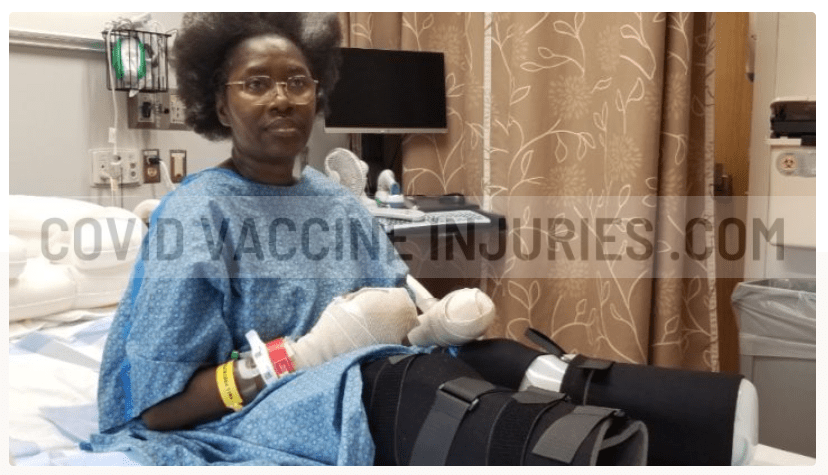
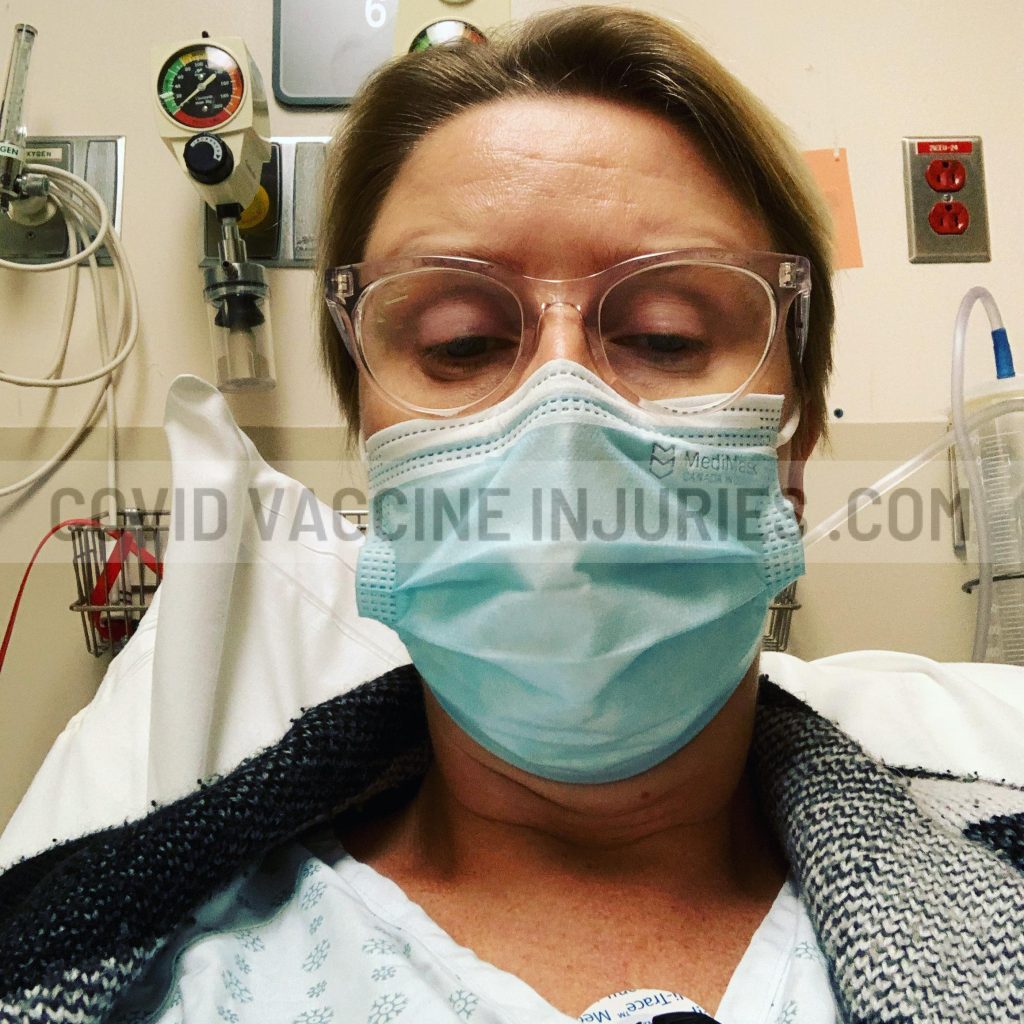
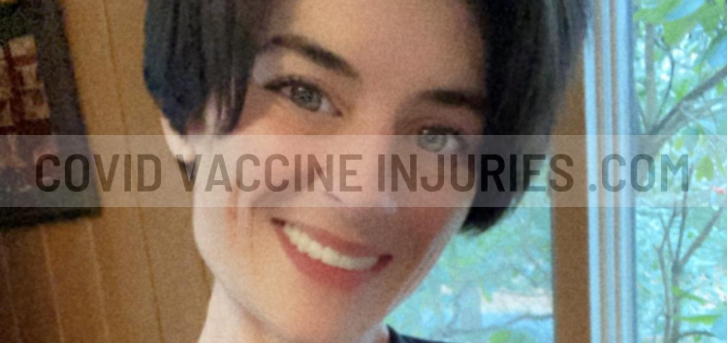

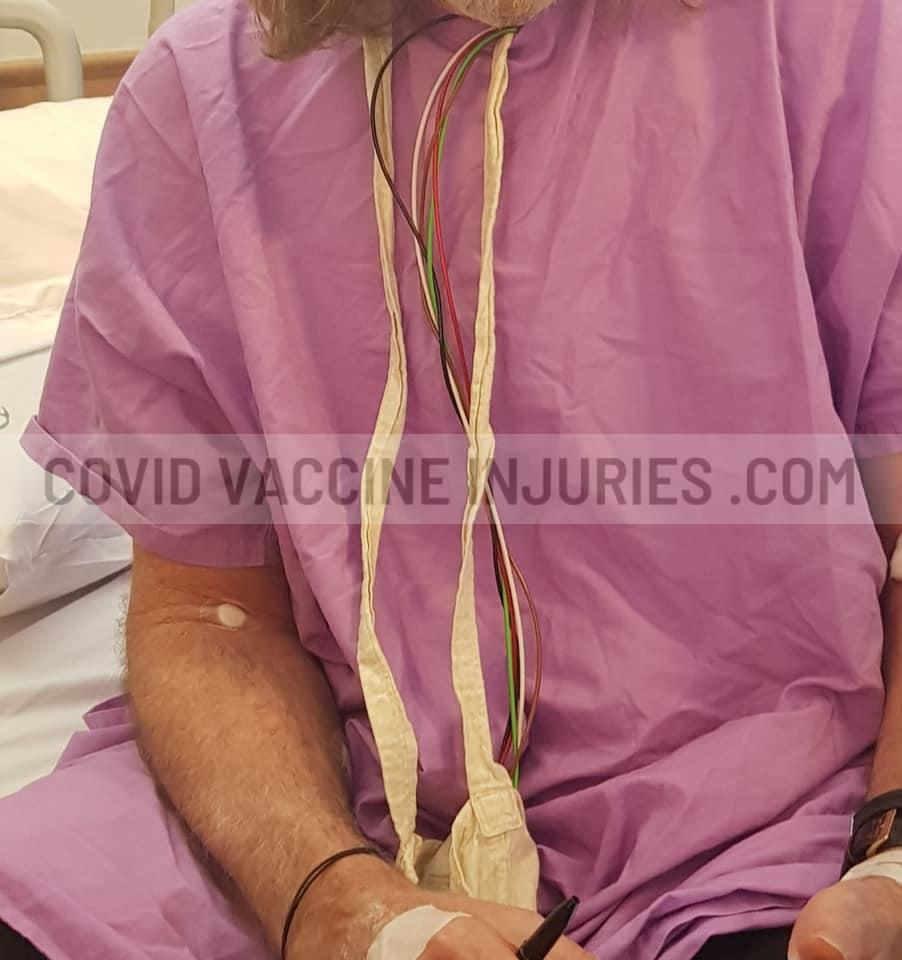

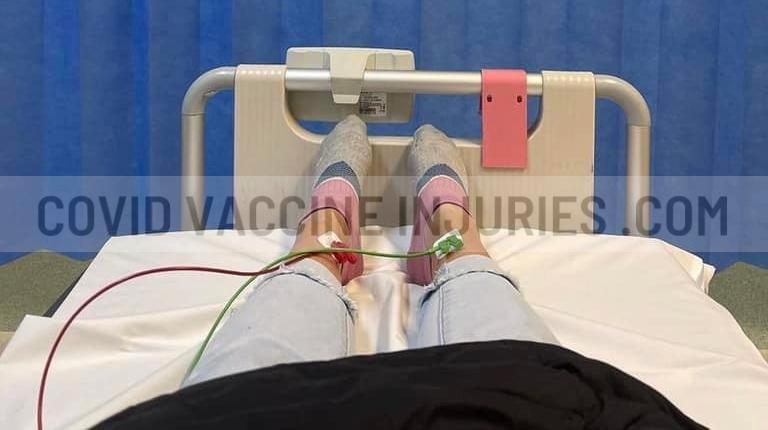





Responses